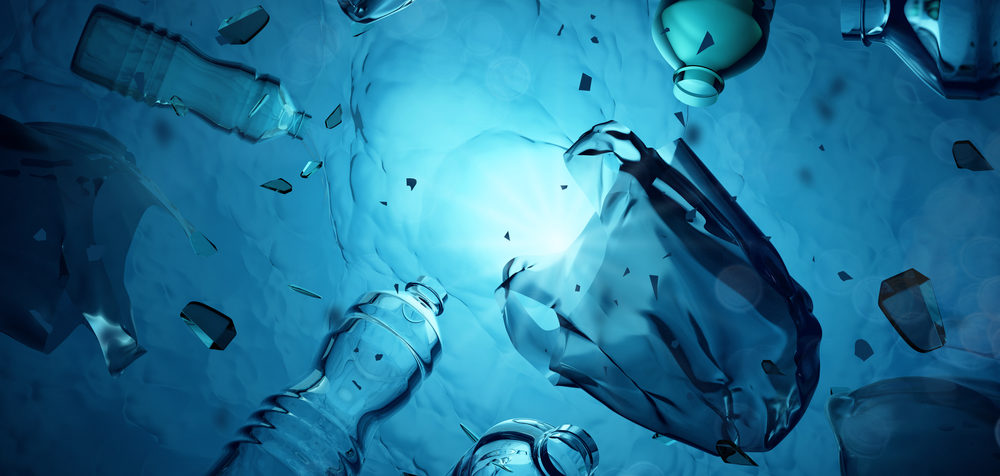
Professor Nicky Eshtiaghi and her team at RMIT University in Australia have developed a way to rapidly remove hazardous microplastics from water using magnets. Methods currently in use for removing toxins from water are expensive and slow. Eshtiaghi’s team states that their method achieves better results in just one hour, and is capable of removing microplastics 1,000 times smaller than those currently detectable by existing treatments.
The team developed adsorbents in the form of a powder composed of nanopillared structures made up of a two-dimensional (2D) metal-organic framework (MOF) separated by carbon-encapsulated iron oxide nanopillars. The nanopillared structure has a high surface area, abundant active sites, and magnetic properties for the separation of pollutants.
When the adsorbent is mixed into water, it attracts microplastics and dissolved pollutants. The nanomaterials contain iron, so magnets can be used to easily separate the microplastics and pollutants from the water. Testing in the lab showed that the technology successfully removed almost 100% micro-plastic from tainted water samples in just one hour with high kinetics as quantified by dynamic light scattering, UV-vis, and thermogravimetric analysis. It was also shown that the material could be reused up to six times with 90% removal capacity.
“Our powder additive can remove microplastics that are 1,000 times smaller than those that are currently detectable by existing wastewater treatment plants,” lead researcher Eshtiaghi said. “We are looking for industrial collaborators to take our invention to the next steps, where we will be looking at its application in wastewater treatment plants.”
